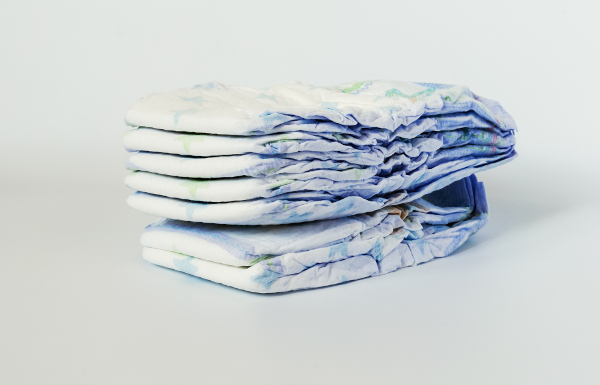3 Ways to Deal with Incontinence with Dignity

Incontinence is a health issue that anyone can develop. While there are people who believe this condition is only for those who are getting older, there are many different short-term and chronic health problems that may trigger this type of condition. The good news is that whatever the age or gender, there are resources that make it easier to live with incontinence and do so with dignity. Here are examples of three options that should be discussed with the family doctor.
Incontinence Pads
Pads are multi-layered sheets that can be tucked into a pair of underwear or woven into what is known as incontinence underwear. The design makes it possible to absorb leakage and prevent it from soaking through to the outer garments. At the same time, the pad design prevents leakage from remaining on the skin and increasing the odds of irritation and rashes.
The pads are available in washable designs, making it easy to launder them for use over and over. It’s also possible to invest in disposable pads. Some people use the disposable type when going out and keep washable ones on hand for use at home.
Another benefit is that the pads can easily be tucked away in a purse, a laptop bag, or slipped into the glove box of a car. Should the individual be out with friends and experience an unanticipated bowel movement, it’s possible to retire to a public restroom, take care of some basic cleaning, and then don a new pad.
Indwelling Catheter
Indwelling catheters are inserted directly into the bladder, often by surgical means. While there are several different designs, the most common sports a balloon at the end that is placed squarely in the bladder.
The catheter can remain in place for as long as needed. This makes it a viable solution for people with chronic conditions that lead to leakage. In addition, people who find that they are not able to completely empty the bladder efficiently and feel a constant need to visit the facilities will notice that the sensation subsides after the catheter is installed.
Pessary
Pessaries are small devices that can be inserted directly into the vagina and help control bladder flow. The device works by supporting the neck of the bladder and making the potential for leakage less likely. Most models are made of hygienic plastic and designed to fit as comfortably as possible.
Pessary insertion is particularly helpful when the individual is under unusually high amounts of stress. The device helps to compensate for the stress-induced leakage and make it easier to not worry about accidents while out in public.
The pessary is often recommended for women who experience leakage after multiple pregnancies. In this scenario, the device compensates for some of the lost muscle control and makes it easier to manage bladder control.
Incontinence does not have to mean the end of living life to the fullest. With the right support and making some minor changes, it’s possible to live with the condition and do so without any feelings of self-consciousness.


